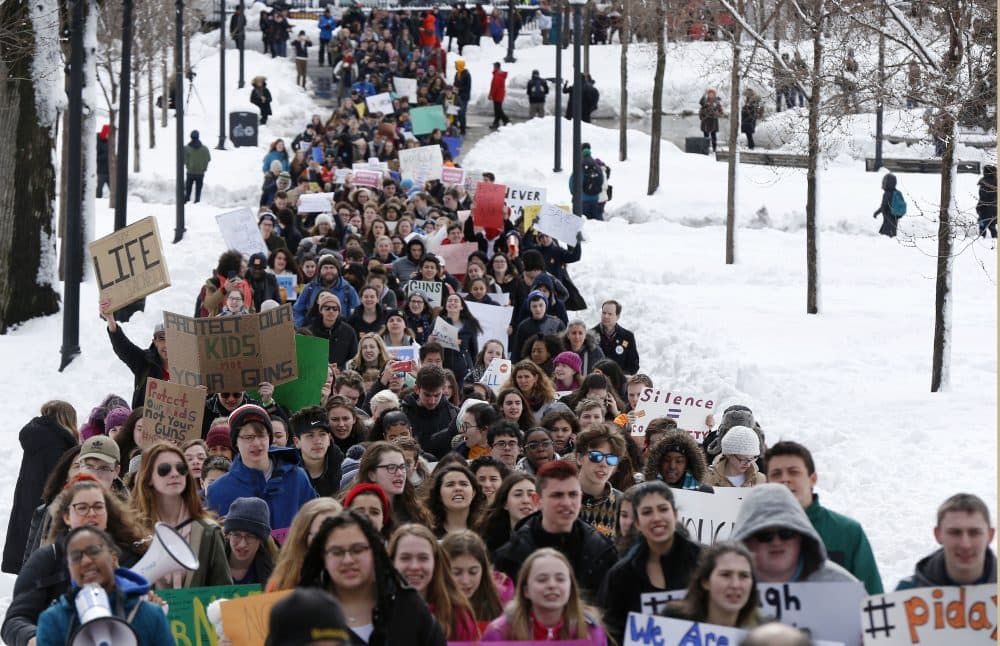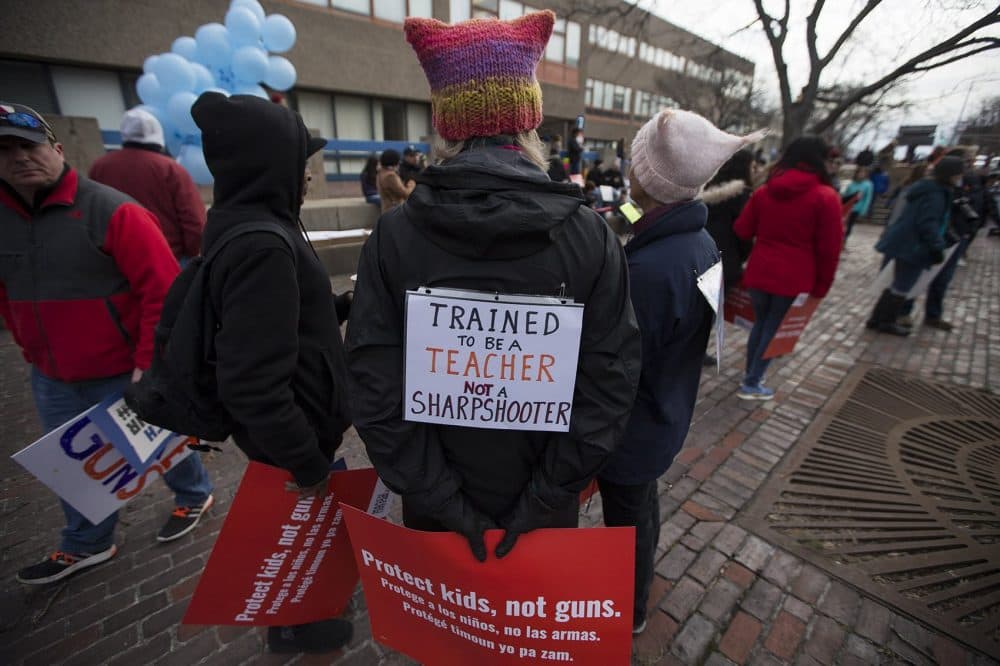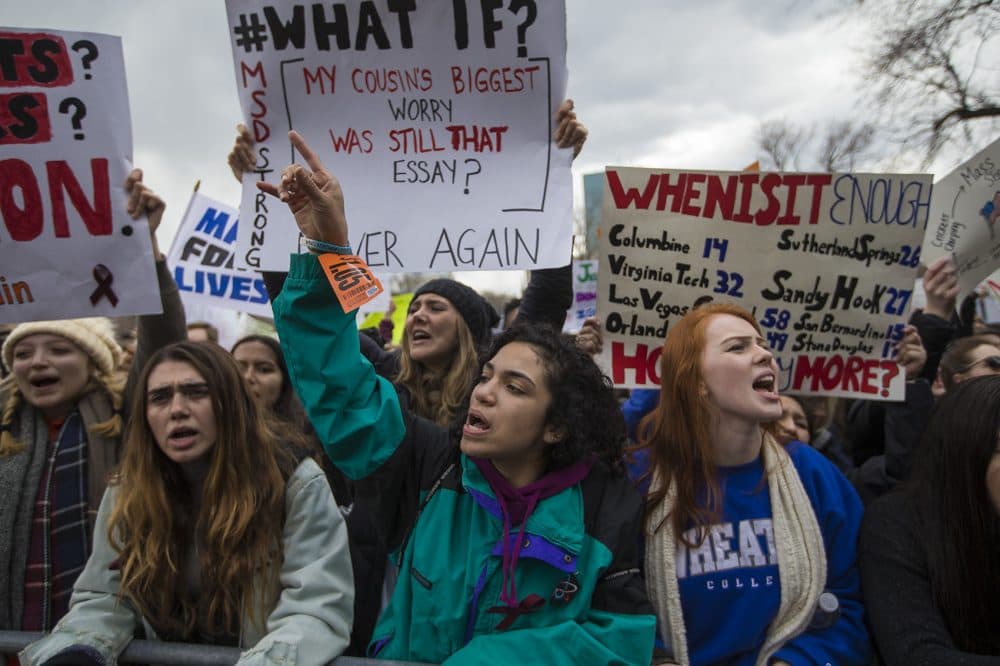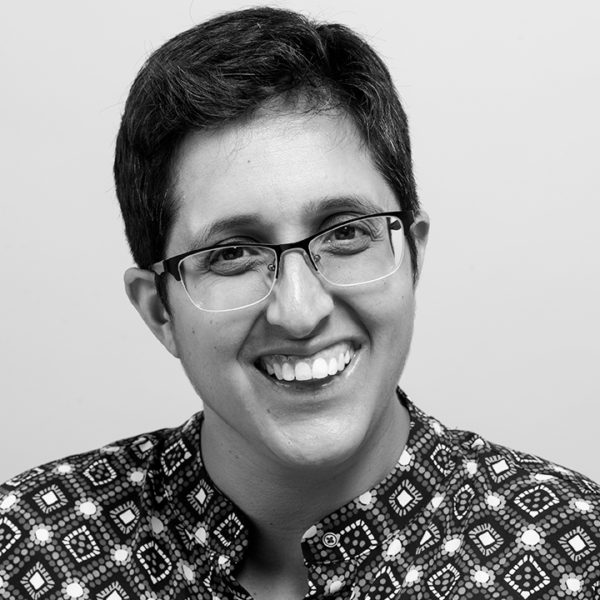Advertisement
Commentary
Yes, Schools Should Be Safe — But So Should Students’ Neighborhoods
Resume
Last Friday, our school's principal came over the intercom and made an announcement.
“Attention, students and staff. We are now in containment. Please commence with containment procedures.”
Silently, my students left their seats and huddled into a corner of the classroom far from the door and windows. I turned off the lights, locked the door, and knelt beside them, recording the attendance, then texting a photograph of my class list to the administration.
The 24 adolescents crowded into that small corner struggled to stay quiet and calm. This was only a drill, and we had been preparing for weeks. Still, their nervous energy was palpable. Every time an administrator rattled the doorknob vigorously to make sure it was locked, a student jumped.
Since the shooting at Marjory Stoneman Douglas High School in Parkland, Florida, the pressure on schools to tighten safety procedures has intensified. Our staff has been reviewing our procedures for the past four weeks. We’ve done question and answer sessions with students. We've run containment drills and reflected on how those drills have gone.
In the span of 12 months, I lost more students to violence than I had in the previous 14 years of my career combined.
But as a teacher in Boston, it has been difficult to watch this intensification and not feel some sense of cognitive dissonance.
I have participated fully, but the same question keeps bubbling up: For all we are doing to try to keep students safe in school, what are we doing to keep students safe when they return to their communities? In 15 years of teaching, I have never seen neighborhood violence — which occurs far more frequently in our city than school shootings, and impacts the majority of our students — elicit the kind of system-level response that I have seen since Parkland.
Last year in the city of Boston, there were 58 homicides. Of those, 16 of the victims were under the age of 19. Teen homicides doubled. And of those teens, three were previously students in my classroom. A fourth student was injured. A fifth was killed in a homicide outside Boston. In the span of 12 months, I lost more students to violence than I had in the previous 14 years of my career combined.
At my school, we talk a lot about the impact of trauma on the brains of our students. We discuss how, especially after repeated trauma, the brain starts to lose some of its resilience. Children who have been exposed to trauma can be hyper-vigilant. They may struggle with ordinary tasks. When overstimulated or stressed, the cortisol their brain releases may cause them to re-experience previous traumatic events.

It’s one thing to understand that theoretically — it’s another to feel it happening to your own brain. Since November, when two of my former students were killed in the span of three weeks, I’ve struggled to make decisions, to plan ahead, to focus. And I’m an adult with strong support systems.
What about the students in my classes who came to hug me when I broke down after getting a text message during class notifying me of a student’s death, sharing that they, too, had experienced such losses? What systems do we have in place to support them? We send out counselors to schools and communities for a few days after each shooting — but then what?
The young people around the country who are organizing in the wake of Parkland understand that gun violence is intersectional. They see that the death of any young person is a travesty, and that parsing shootings that happen in school versus shootings that happen in communities is a false dichotomy set up by adults with tunnel-vision.
I join them in asking, what are our city’s mechanisms for keeping young people safe in their communities? After every shooting, the quotes from public officials in the newspaper ring hollow. Each is some slight variation on the following:
We need to get the guns off the street.
The weapons getting into people’s hands are more and more powerful.
We need the community’s help to solve these crimes.
You get the picture.
But, where is the system-level conversation about prevention? Where are the soundbites not just about gun policy, but also about universal after-school and summer programming for youth? Where is the call for stronger bridges between city street workers and school-based staff to effectively triangulate support for youth?
I have never seen neighborhood violence ... elicit the kind of system-level response that I have seen since Parkland.
There is no question that we need to take guns off the street. But we also need to keep our young people engaged in school and after-school, and connected to a robust network of adults who care about them, and the silence of public officials on this issue is deafening.
I want to see our city officials foster honest conversations about building relationships with young people.
I want to see our school system build better instructional models for engaging young people, and re-engaging them if they fall off.
I want us to fight for young people’s lives not just by marching, but by being as intentional about designing interventions and supports for young people impacted by gun violence in our neighborhoods as we are about gun violence that happens inside schools.

I can’t stop thinking about Angel, who would make funny faces and lovingly tease his friends, and who baked me a fruitcake the day before Christmas. Or Ijah, who danced bachata with a garbage can at our community potluck. Or Brianna, who always had the perfect hat to match her outfit. Or Yanuel, who loved going to boxing on Saturdays with his English teacher.
They were my students. They were our city’s children. They were loved. And now they are gone. And I want Boston’s outrage, its urgency for change, its will to face this violence head-on to parallel the outrage, the urgency, and the will that we have seen in the aftermath of the shootings in Parkland, Florida.
This segment aired on April 2, 2018.
